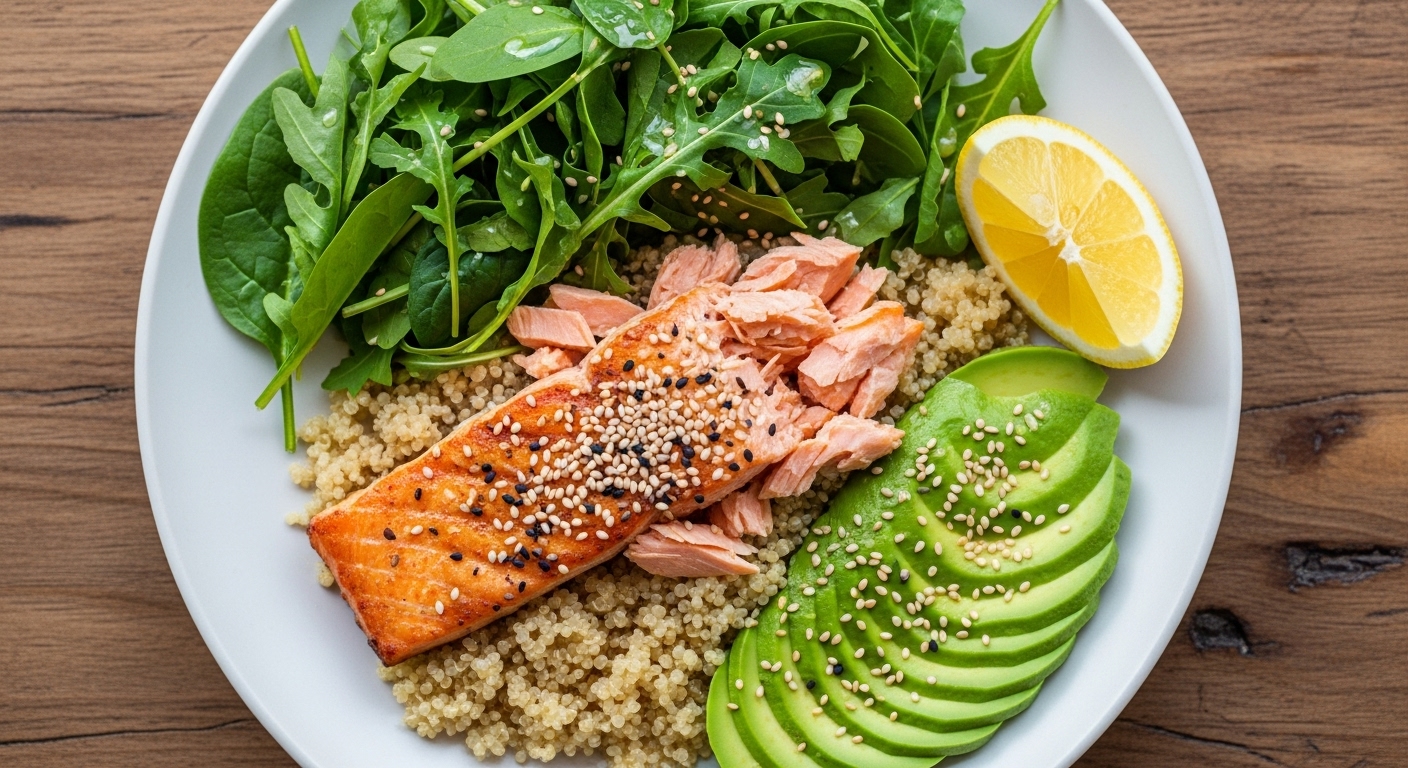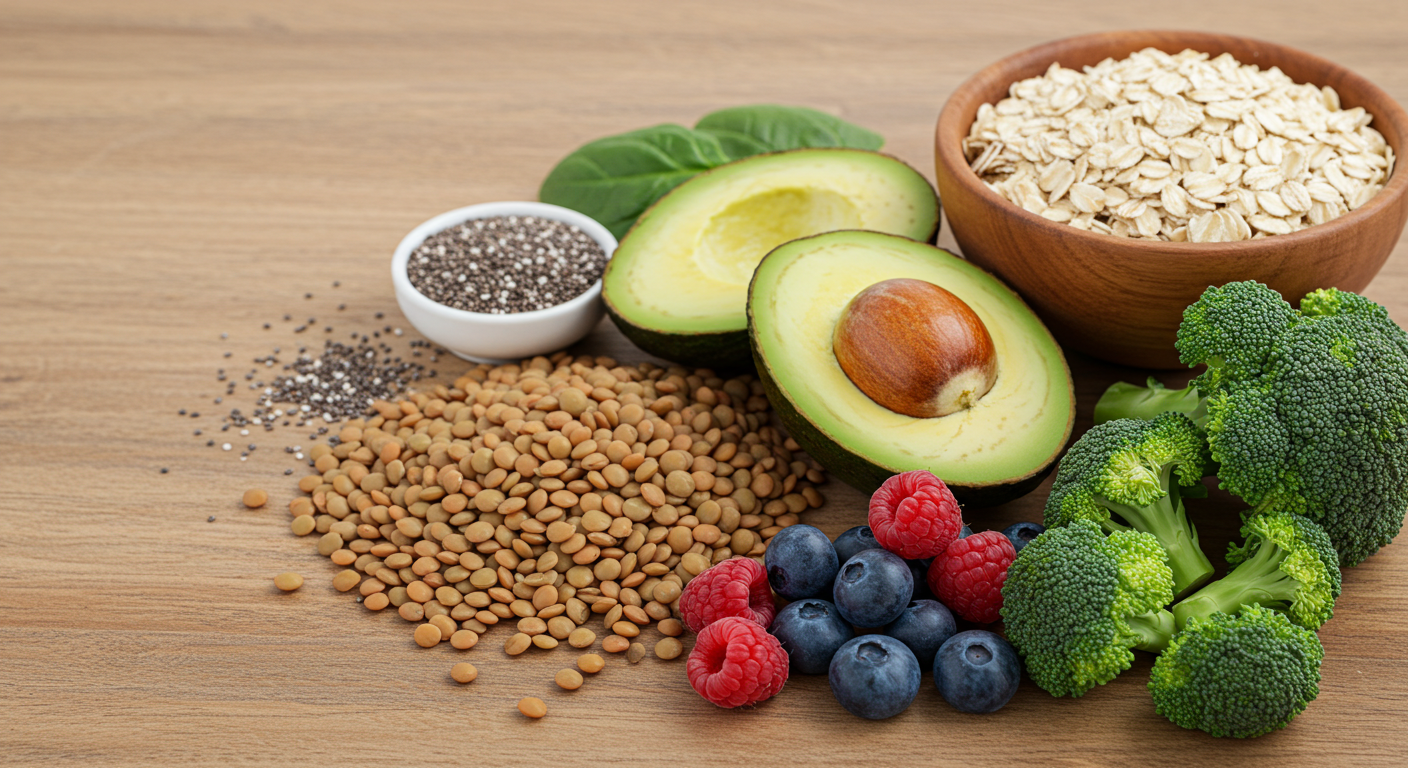Fiber isn’t just for digestion. Discover how it supports weight loss, gut health, and even heart health—and which foods help you get enough daily.

The Forgotten Nutrient That Does It All
We often obsess over protein, carbs, and fats—but what about fiber?
This humble nutrient may not get the spotlight, but it plays a powerful role in keeping your body energized, lean, and balanced. Most people get less than half the recommended daily fiber, which can lead to sluggish digestion, poor gut health, and unwanted weight gain.
So what exactly does fiber do—and how can you easily add more of it to your meals?

What Fiber Actually Does in the Body
Fiber is a type of carbohydrate that your body can’t digest. But that doesn’t make it useless. In fact, its resistance to digestion is what makes it so valuable.
There are two types of fiber:
- Soluble fiber: Dissolves in water to form a gel-like substance. It helps lower cholesterol and regulate blood sugar.
- Insoluble fiber: Adds bulk to your stool and keeps things moving—essential for regular bowel movements.
According to the World Health Organization and leading nutrition experts, fiber is essential for:
- Digestive regularity
- Healthy gut microbiome
- Lower cholesterol and heart disease risk
- Blood sugar control
- Satiety and weight management

Signs You’re Not Getting Enough Fiber
- Bloating or constipation
- Feeling hungry shortly after meals
- Frequent blood sugar crashes
- Elevated cholesterol
- Low energy or sluggishness
If these symptoms sound familiar, boosting your fiber intake might help reset your system naturally.

Fiber-Rich Foods to Eat Every Day
You don’t need supplements to hit your fiber goals—just eat more of the right whole foods. Here are some of the best sources:
- Chia seeds – Just 2 tablespoons pack 10g of fiber
- Lentils and beans – Full of both soluble and insoluble fiber
- Oats – Rich in beta-glucan, a fiber that supports heart health
- Berries – High in fiber and antioxidants
- Avocados – Fiber-packed and full of healthy fats
- Broccoli and leafy greens – Provide bulk and nutrients
- Whole grains – Like quinoa, brown rice, and barley
Aim for 25–30 grams of fiber daily for adults, or more if you’re active.

Tips for Adding More Fiber Without Bloating
- Increase fiber gradually to allow your digestive system to adjust
- Drink plenty of water—fiber needs fluids to work properly
- Combine fiber with healthy fats and protein to support balanced energy
- Swap refined carbs (like white bread) for whole grain options
Final Thoughts
Fiber may not be trendy, but it’s a foundational part of a healthy, satisfying diet. It keeps your digestive system happy, your blood sugar stable, and your body feeling full and fueled.
So next time you’re planning a meal, ask yourself: Where’s the fiber?








